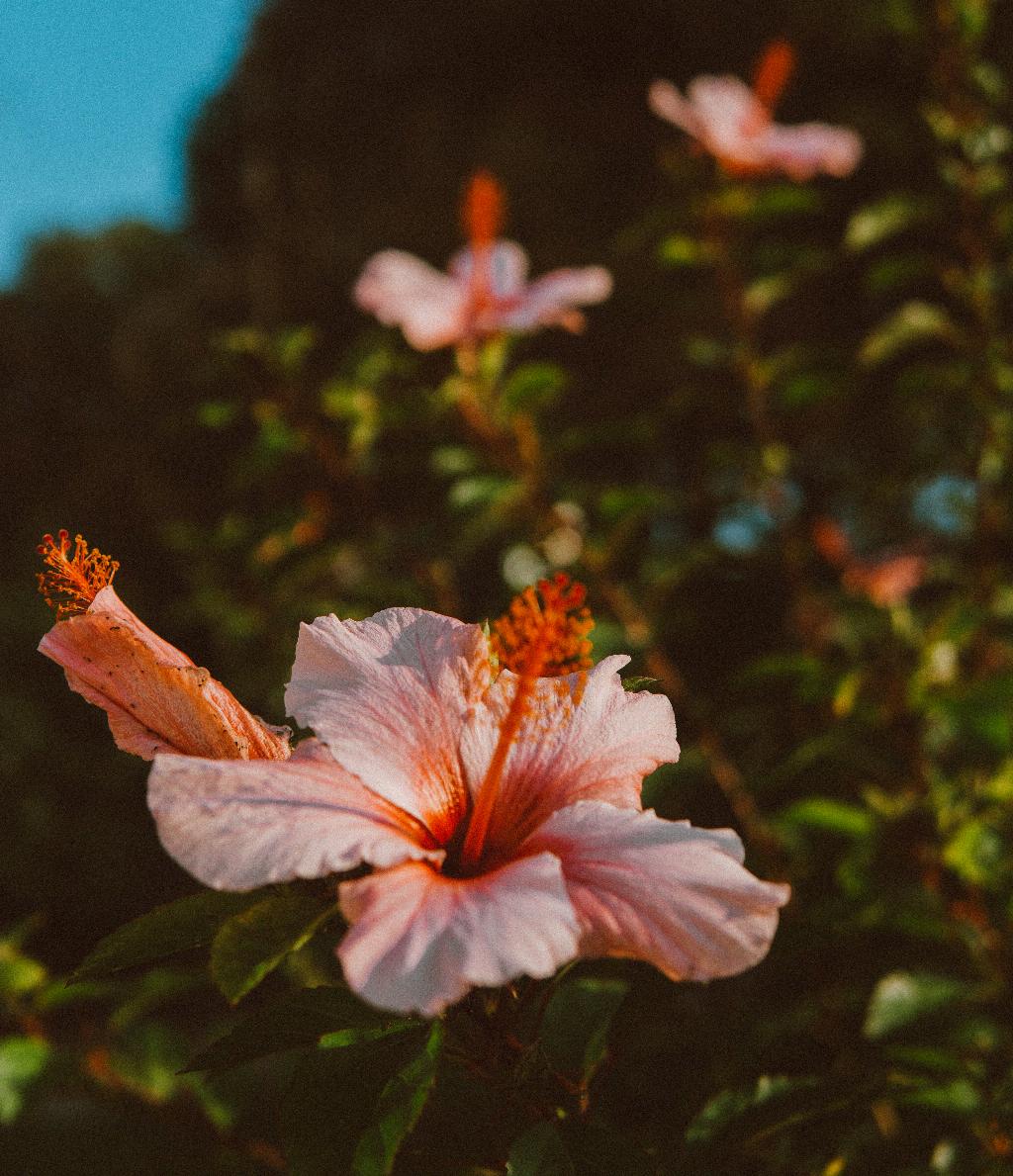When it comes to deciding whether a hibiscus plant can be planted outside, there are a few key factors to consider. One of the most important considerations is the type of hibiscus you are planning to grow. Hardy hibiscus, as opposed to tropical hibiscus, is better suited for outdoor planting. Hardy hibiscus varieties are able to withstand colder temperatures and are typically suitable for planting in USDA zone 4 and above.
If you are looking to plant your hibiscus outdoors, it is essential to choose a hardy hibiscus variety to ensure that it can thrive in your local climate. Tropical hibiscus, on the other hand, is more sensitive to colder temperatures and is best suited for indoor or greenhouse cultivation in cooler regions.
Before planting your hibiscus outdoors, it is crucial to consider the timing of planting. Spring, summer, or early fall are typically the best seasons to plant hibiscus outdoors. These seasons provide optimal growing conditions for the plant to establish itself and thrive in its new outdoor environment.
When planting hibiscus outdoors, it is important to prepare the soil properly to ensure optimal growth and health of the plant. Make sure the soil is well-draining and rich in organic matter to provide the hibiscus with the necessary nutrients for healthy growth.
Proper sunlight exposure is another crucial factor to consider when planting hibiscus outdoors. Most hibiscus varieties thrive in full sun conditions, so be sure to choose a planting location that receives ample sunlight throughout the day to promote robust growth and blooming.
Regular watering is essential for the health and vitality of outdoor hibiscus plants. While hibiscus plants require adequate moisture to thrive, it is important not to overwater them, as this can lead to root rot and other issues. Be sure to water your hibiscus regularly, especially during hot weather or dry periods.
Proper pruning is another key aspect of caring for outdoor hibiscus plants. Regular pruning helps promote healthy growth, prevents overcrowding, and encourages the development of abundant blooms. Be sure to prune your hibiscus plants as needed to maintain their shape and vigor.
To ensure optimal growth and blooming, consider fertilizing your outdoor hibiscus plants regularly during the growing season. Choose a balanced fertilizer specifically formulated for flowering plants and follow the manufacturer’s instructions for application rates and timing.
Pest and disease management is crucial for maintaining the health of outdoor hibiscus plants. Keep an eye out for common pests such as aphids, spider mites, and whiteflies, and take prompt action to address any pest infestations. Proper sanitation and good gardening practices can help prevent the spread of diseases among hibiscus plants.
Overall, with proper care and attention to the specific needs of hibiscus plants, they can thrive when planted outdoors. Choosing the right hibiscus variety, providing optimal growing conditions, proper watering, pruning, fertilizing, and pest management are all key factors in ensuring the success of your outdoor hibiscus garden.

